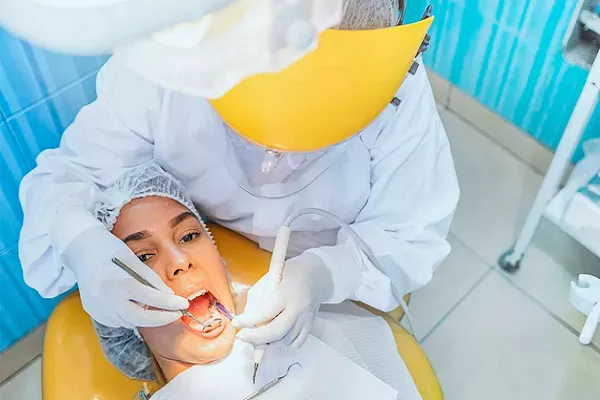Dental implants have become a widely accepted and highly effective solution for replacing missing teeth. These artificial tooth roots provide a stable foundation for dental prosthetics like crowns, bridges, or dentures, restoring both function and aesthetics. However, the success of dental implant surgery depends on a well-managed healing process. In this comprehensive article, we will delve into the intricacies of the healing process for dental implants, from pre-surgery preparations to post-operative care, enabling you to understand what to expect when embarking on this transformative dental journey.
Pre-Surgery Preparation
The healing process for dental implants begins even before the surgery. During your initial consultation with your implant dentist, a thorough examination and assessment of your oral health will be conducted. This includes evaluating the condition of your jawbone and determining whether it can support the implant.
If your jawbone lacks the necessary density or thickness, you may require bone grafting or other augmentation procedures to ensure a solid foundation for the implant. Pre-surgery imaging, such as X-rays or CT scans, will help your dentist plan the precise placement of the implant.
Surgical Placement
The actual implant surgery is a critical step in the process. During this procedure:
Local anesthesia or sedation is administered to ensure your comfort.
An incision is made in the gum tissue to expose the jawbone.
A small hole is drilled into the bone, and the implant post is carefully placed.
The gum tissue is sutured closed over the implant.
While the surgery itself is relatively brief, the healing process following implant placement is essential for the long-term success of the implant.
Osseointegration:
Osseointegration is a fundamental aspect of dental implant healing. It refers to the process by which the implant post fuses with the surrounding jawbone. This integration provides stability and support for the prosthetic tooth.
The healing period for osseointegration typically lasts several months. During this time:
The implant gradually bonds with the bone.
New bone cells grow and adhere to the implant surface.
It is crucial to avoid undue pressure on the implant during this phase to prevent disruption of the healing process.
Temporary Restoration:
In some cases, a temporary restoration (such as a crown) may be placed over the implant site during the osseointegration phase. This temporary tooth serves both functional and aesthetic purposes while the implant heals.
Final Restoration:
After successful osseointegration, a permanent prosthetic tooth (crown, bridge, or denture) is custom-made and securely attached to the implant post. This restoration is designed to match the color, shape, and function of your natural teeth, creating a seamless and functional smile.
Post-Operative Care and Maintenance
The healing process doesn’t end with the placement of the final restoration. Proper post-operative care and maintenance are essential to ensure the long-term success and durability of your dental implant. This includes:
Regular dental check-ups to monitor the implant’s health.
Daily oral hygiene practices, including brushing, flossing, and using an antimicrobial mouthwash.
Avoiding habits like smoking and excessive alcohol consumption, which can negatively impact implant healing.
Conclusion
The healing process for dental implants is a meticulously orchestrated series of steps that lead to a fully restored smile. It involves pre-surgery preparations, the surgical placement of the implant, osseointegration, the attachment of a permanent restoration, and diligent post-operative care.
While the journey may take several months, the result is a strong, stable, and natural-looking tooth replacement that can last a lifetime with proper care. If you are considering dental implants, consult with an experienced implant dentist who can guide you through each phase of the process and help you achieve a healthy, functional, and radiant smile.
Related Topics:





























